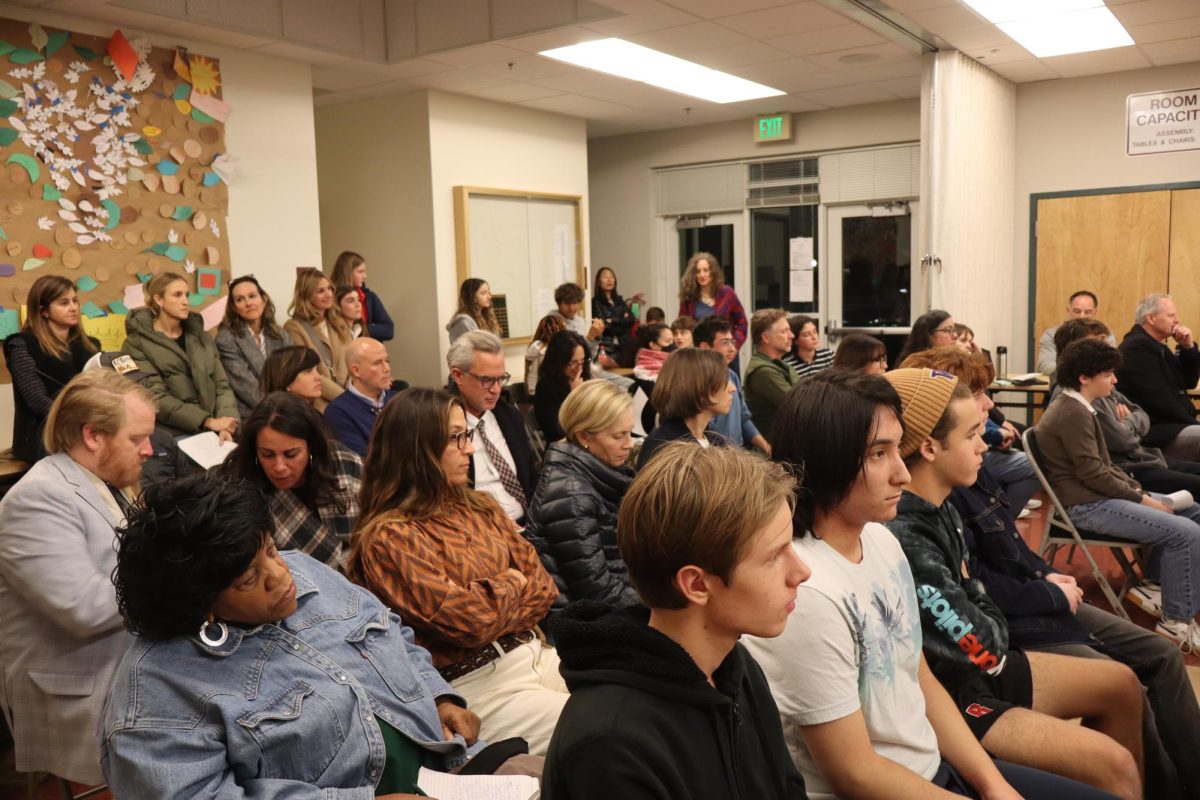
It’s going to cost a bit more to go to a University of California school next year.
On Nov. 19, the University of California (UC) Board of Regents approved a yearly tuition hike of at least five percent every year for the next five years at a conference in San Francisco. The approved increase will tie student tuition to the amount of funding the chain of universities receives as a part of California’s statewide budget.
The decision led to widespread protesting at nearly every UC campus, as well as vocal opposition by California Governor Jerry Brown. Despite the protests, the Board of Regents will still increase the residence fees for California residents for the 2015-16 school year by $612 and will continue to raise the residence fees to $15,564 by the fall of 2019.
The current tuition cost per year to attend a University of California school is $12,192 for in-state students and $35,070 for out-of-state students. With the pending increase, the tuition for in-state students could reach $15,560 and out-of-state students could pay up to $44,759 per year. Up until this decision, the UC tuition hadn’t changed in the last three years.
UC President Janet Napolitano said in a statement that the tuition increase was necessary to prevent enrollment cuts as well as to maintain the high quality education that all UC schools offer, a public education that still ranks among the top in the country according to a U.S. News and World Report ranking.
“If I was already going there and I was banking on a college where you get a lot of ‘bang for your buck,’ so to speak, and then they suddenly raised the tuition, I would be mad,” Redwood senior Alex Grant said. “If you sign up for something or applied to a school and saw what the tuition was before making a decision, and then they said they were going to raise it just to uphold quality, I would be angry because its like signing a contract that changes whenever the school thinks they need more money.”
Tuition at a UC school, even with the pending increase, will still be among the cheapest in the state for in-state students, but it’s the sudden increase this year that has students across the system up in arms.
On the day of the proposed increase, students at UC Berkeley staged an overnight sit-in at Wheeler Hall, an area of the campus famous for its role in the free speech movement in the 1960s, to protest the proposed increase, all to no avail.
Not among their ranks was 2013 Redwood alumnus and current UC Berkeley sophomore Alex Ehrenberg. He instead watched protests from the window of his lab at the University of California at San Francisco (UCSF) where he works as a neuropathology lab assistant.
“The regents meeting was right next to my lab at UCSF, so when I went to work that day, I had to show my ID to the police to get past the barricades. It was just insane,” Ehrenberg said. “A window was broken, people were jumping over police barricades, an 89 year-old former chancellor got pushed to the ground and cut up his hand.”
Ehrenberg believes that the protests weren’t a bad idea in concept, but the way they were executed simply showed poor judgement.
“There’s obviously a history of protests at Berkeley with the whole student-voice thing, which is great. Protests are important,” Ehrenberg said. “But I think a lot of students lose touch with the difference between effective protesting and just being angry and starting riots.”
Ehrenberg said that there seems to be a lack of knowledge about the whole situation, which, in his opinion, is leading to people getting angry at the wrong people.
“I think a lot of people just want to be angry at someone, so their immediate response is to get angry at the people who are raising their tuition, which is a logical response. If they thought about the actual problem beforehand, they would realize the problem is mostly at the state level, not the university itself,” Ehrenberg said.
The tuition increase may force some families to look elsewhere in California, including the also highly-regarded California-State University (CSU) system, whose annual tuition runs at only $5,742 per academic year.
“It depends on whether or not I’m accepted, but I’d go to a CSU over a UC given the tuition increase,” said Grant, who is applying to three UCs and seven CSUs. “In my opinion, a CSU is just as good of an education as a UC. I don’t look at a CSU as any less prestigious than a UC, especially now that UCs are so much more expensive.”
The UC system has long been regarded as an affordable yet elite education, open to upper and working-class families, not just those who can pay the bill.
“The purpose is to provide an affordable education that is then redistributed into the state,” Ehrenberg said. “UCs are big research institutions, faculty do research and teach, so students are encouraged to get involved in research, which then gets invested into the state’s economy when the ideas come to fruition.”
The tuition increase likely won’t have a large effect on in-state students who benefit from financial aid, but students who come from either middle-to-high-income families or out of state will likely feel the full force of the tuition increase.
While students and their families will suffer by having to pay more for their schooling, California taxpayers will also be hit and will likely end up paying close to $45 million more just next year to cover the increased cost.
However, the upcoming change may be smaller if the state can muster more funding for the 10 UC schools. Napolitano has said the university will lower the pending increase if the governor can increase funding to give the university a larger budget.
In the heart of the recent recession, California cut the UC budget by $1 million a year, prompting the increase today that, adjusted for inflation, is almost 60 percent from what it was before funding was cut. Following the recession, support for the system began to rebound, and the state now provides $2.8 billion of the system’s $7 billion budget. However, the Regents noted that even a $7 billion budget remains well below where it could be.
“When [Napolitano] was instated as president last year, she did a tour at all the UC campuses and before she even made any decisions, there were signs like, ‘NapolitaNO,’” Ehrenberg said. “She’s never received any support from students because of her past [serving as Governor of Arizona and the Secretary of the US Department of Homeland Security]. But her past has shown that she’s really good at operating in a manner where she isn’t receiving any support, like in this situation.”
A plan introduced by the California Senate on Dec. 2 may be the UC system’s savior because it would wipe out Napolitano’s proposed increase for in-state students. The plan proposes a 17 percent increase in tuition for out-of-state students ($4,000 more per year) and a $156 million increase in general higher-education funding.
The proposed plan would also give the UC system as a whole $25 million to offer more classes, thereby placing a premium on students graduating faster. However, part of the state Senate’s plan would be to eliminate the Middle Class Scholarship Program that has become popular at UC schools.
The proposed plan would benefit enrollment numbers as well, allowing the system to enroll an additional 5,000 students. However, the plan gives more money to higher-education than governor Jerry Brown is currently willing to give.








